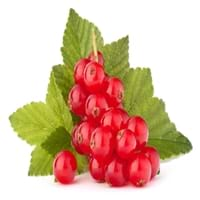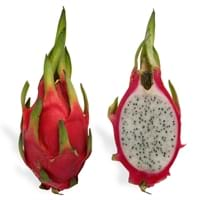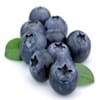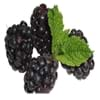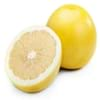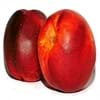Health Benefits
Cancer prevention, Gout treatment, Heart care, Regulation of heart rate, Treatment of rheumatism
Anti-oxidant properties, Anti-aging benefits, Maintains healthy cholesterol level, Weight loss properties
General Benefits
Anti oxidant properties, Controls blood pressure, Cures fever, Digestive aid, Healing of wounds, Helps in weight loss, Strengthens bones
Helps in weight loss, Suppresses Arthritis
Skin Benefits
Brightens and lightens complexion, Reduces wrinkles, Treatment of acne
Anti-aging benefits, Heals sunburn, Treatment of acne
Hair Benefits
Protects hair
Treatment of colored hair
Allergy Symptoms
Abnormally rapid heart rate, Anaphylaxis, Breathing difficulty, Hives, Itching, Swallowing difficulties
NA
Side Effects
Possibly unsafe during pregnancy
NA
Lactating Women
Yes
Not Available
Best Time to Eat
Best if taken as a breakfast (or empty stomach), As a snack in the late afternoon, Don't eat after meal, Morning time (before lunch)
Any time except an hour after meal, Don't consume at night and before bed
Vitamin A (Retinol)
Not Available
Vitamin B5 (Pantothenic Acid)
Not Available
Vitamin B6 (Pyridoxin)
Not Available
Vitamin B9 (Folic acid)
Not Available
Vitamin C (Ascorbic Acid)
Vitamin E (Tocopherole)
Not Available
Vitamin K (Phyllochinone)
Not Available
Lutein+Zeaxanthin
Not Available
Calories in Fresh Fruit with Peel
Calories in Fresh Fruit without Peel
Not Available
Not Available
Calories in Frozen Form
Not Available
Not Available
Calories in Dried Form
Not Available
Calories in Canned Form
Not Available
Not Available
Calories in Pie
Not Available
Type
Berry
Berry, Citrus, Fruit vegetable, Melon, Tree fruit, Tropical
Season
Summer
Early fall, Summer
Varieties
Rovada, Stanza, Red Lake, Junifer and Jonkheer van Tets
Selenicereus megalanthus and Hylocereus polyrhizus
Origin
Europe
Central America, Mexico
Soil Type
Moist, Well-drained
NA
Climatic Conditions
Cold
NA
Facts about
- The albino version of red currants known as white currants, are often sold as different fruit.
- Red currant tea is healthy substitute for coffee.
- There are more than 150 varieties of red currants.
NA
Other Countries
Belgium, France, Germany, Ireland, Italy, Netherlands, Poland, Portugal, Scotland, Spain, Sweden, United Kingdom
NA
Top Importer
Germany
China
Top Exporter
Russia
Vietnam
Botanical Name
Ribes rubrum
Hylocereus undatus
Synonym
Not Available
Pitaya, Red Pitahaya, Night blooming Cereus, Strawberry Pear, Belle of the Night, Conderella plant
Subkingdom
Tracheobionta
Tracheobionta
Division
Magnoliophyta
NA
Class
Magnoliopsida
Not Available
Subclass
Rosidae
Liliidae
Order
Saxifragales
Caryophyllales
Family
Grossulariaceae
Cactaceae
Species
R. rubrum
H. undatus
Generic Group
Saxifrage
Cactus
Difference Between Red Currant and Dragonfruit
We might think that Red Currant and Dragonfruit are similar with respect to nutritional value and health benefits. But the nutrient content of both fruits is different. Red Currant and Dragonfruit Facts such as their taste, shape, color, and size are also distinct. The difference between Red Currant and Dragonfruit is explained here.
The amount of calories in 100 gm of fresh Red Currant and Dragonfruit with peel is 56.00 kcal and 60.00 kcal and the amount of calories without peel is Not Available and Not Available respectively. Thus, Red Currant and Dragonfruit belong to Low Calorie Fruits and Low Calorie Fruits category.These fruits might or might not differ with respect to their scientific classification. The order of Red Currant and Dragonfruit is Saxifragales and Caryophyllales respectively. Red Currant belongs to Grossulariaceae family and Dragonfruit belongs to Cactaceae family. Red Currant belongs to Ribes genus of R. rubrum species and Dragonfruit belongs to Hylocereus genus of H. undatus species. Beings plants, both fruits belong to Plantae Kingdom.
